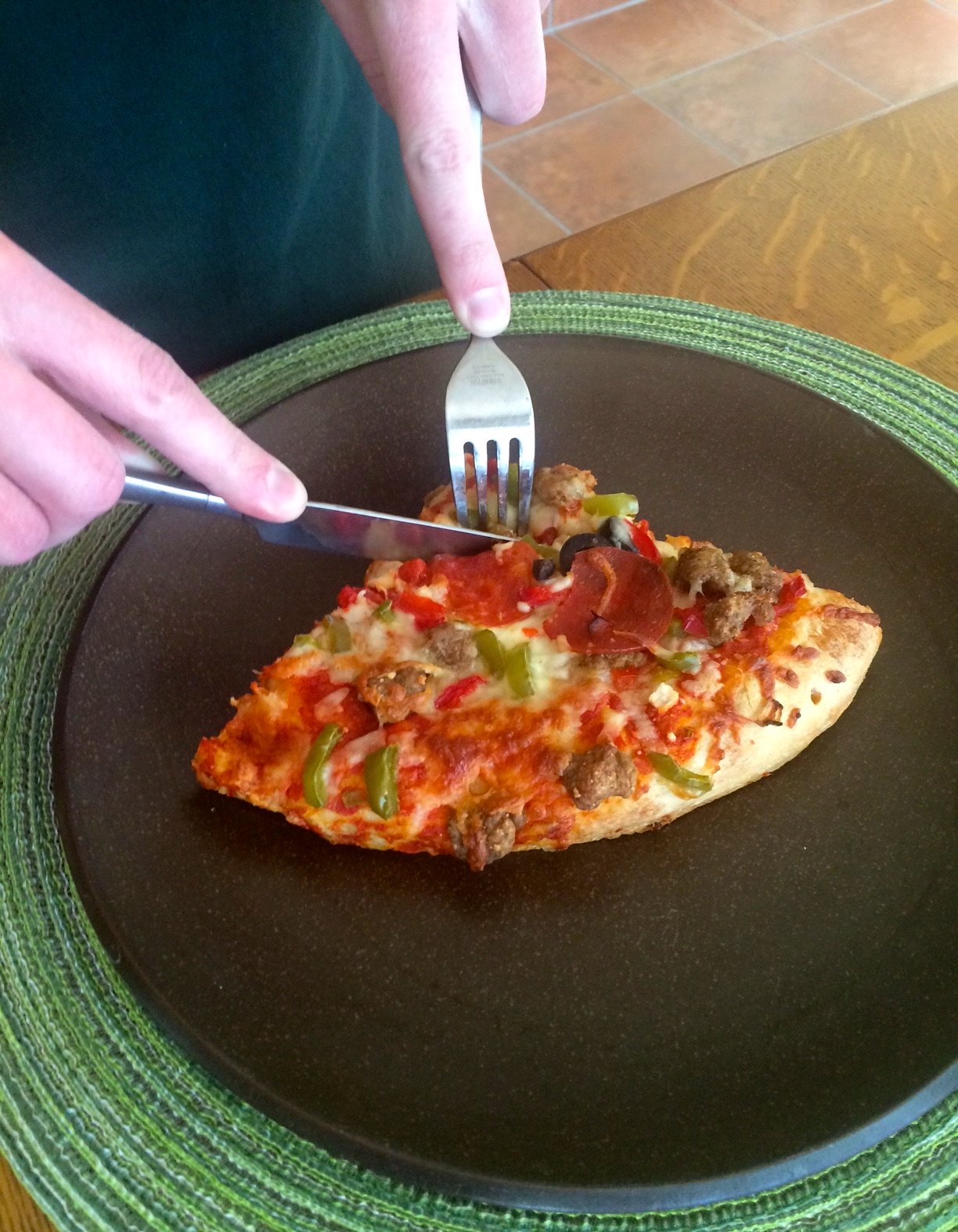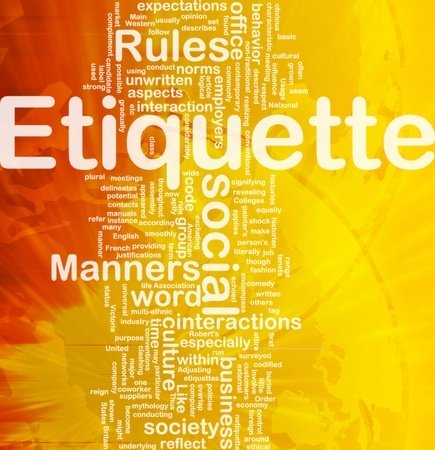The Case for Table Etiquette

Someone recently said to me, "I know there is an etiquette for how to use utensils, but I just don’t care as I don’t feel like learning it."
My response to this one was, “Well, I’m sure you have your reasons,” and it worked fine in that both of us proceeded to share lunch with no further mention of the topic.
I wasn’t being asked to make a case for etiquette, but there are reasons why a person should care about the correct way to manage utensils in the context of table etiquette:
- Properly held tools offer more control and leverage.
- Properly handled tools will never draw attention to you as a diner.
- Feeling confident in any dining situation will become second nature.
- You are an example to others and able to pass this, and other etiquette skills, to your children.
In Defense of Etiquette
Living in society together calls us to mannerliness. Being mannerly means being generally agreeable, and being generally agreeable signals likeability.
Etiquette and manners are less invasive than morals and are directional rather than directive. They are also voluntary. No one can make a person have them.
Being considerate of other people is at the core of good manners. Etiquette evolves (however slowly), and it may be that one day people won’t sit down together and dine. But for now, we still do.
Knowing how to handle a table situation might prove to your advantage as your increased know-how frees you up to notice, for example, conversation opportunities at the table, or when someone who is very quiet might enjoy being drawn in.
A Show of Respect
The grounding principles of etiquette practices are embedded in our appreciation for respect, courtesy and politeness. They help us by overruling emotional urges to whimsically ignore conventions suited to preserving the feeling of welcome and belonging, in which everyone is a respected individual.
As an example, you may find an opportunity to help someone without his knowing it. I was in a situation where diners were sitting very close to one another. The person on my right was left-handed. (I am right-handed.) But I knew it would be a very good choice to be sure to eat Continental style as that made my “eating” hand my left hand, rather than my right hand which, had I used American style, would have called for me to use. Knowledge of the use of table tools helped me navigate a situation successfully, politely, and with ease.
Just as saying “Thank you” is used to show respect, so is the practical knowledge of tool use. Eating utensils are tools, and one who is trained on their proper use knows that holding knives and forks certain ways can not only be dangerous, but disrespectful. Brandishing your knife or “stabbing” your food with a fork, can be interpreted as unfriendly.
Sometimes we accept a convention for the sake of good communication, signaling that we know how to move about and play our roles in a social situation. Employing table etiquette signals that you want the situation to be pleasant for others to enjoy themselves.
To be communicative, others must understand the signals, too. If I refuse to learn something that may be new to me, but known to hundreds of thousands of others before me, what am I communicating?
And one last point - we need to know how to use tools properly and to know table etiquette generally so that we don’t embarrass ourselves. Having the knowledge to sit comfortably and dine in any situation will serve you well every time.
This mindful practice helps feed your own desire to be the best you can be and helps reinforce your knowledge that being in right relationship with others is always a goal worth pursuing.














